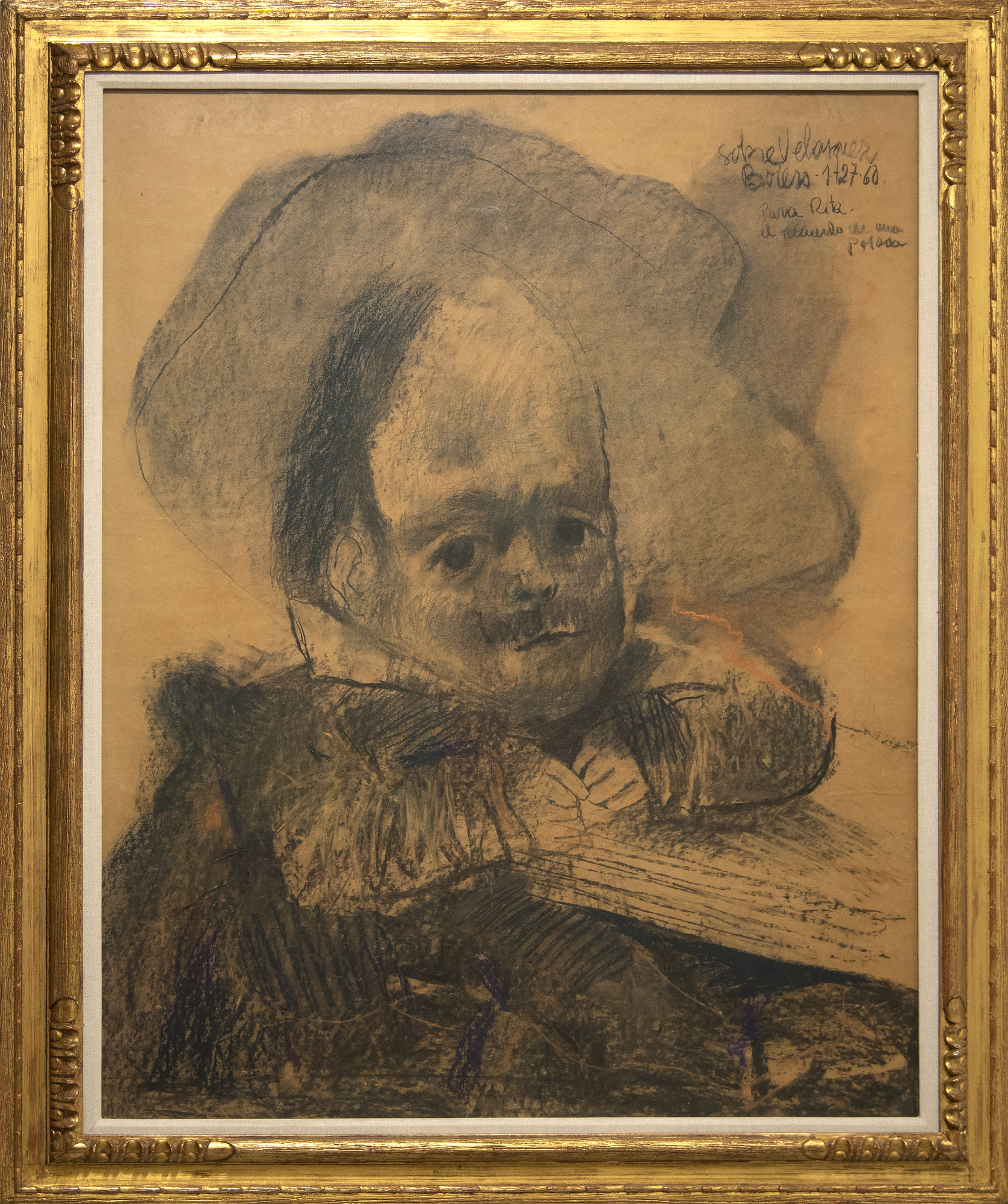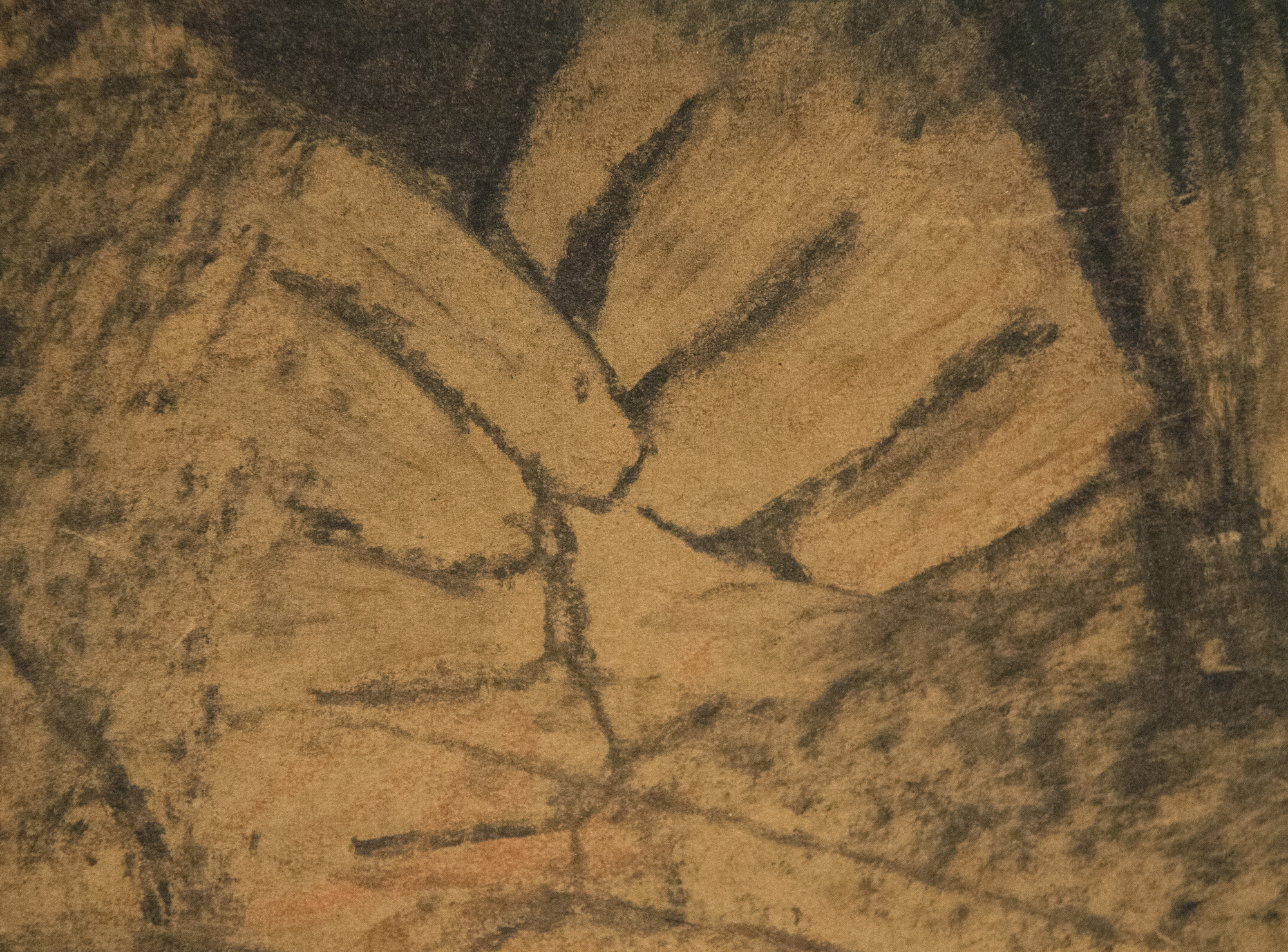FERNANDO BOTERO (b. 1932)










Provenance
Private Collection, New YorkEstudio Actual, Caracas, Venezuela
Private Collection, Bogota, Columbia
CDS Gallery, New York
Private Collection, New York
Exhibition
included in several exhibitions of Latin American Masters, Estudio Actual, Venezuela, 1970 - 1980. (Latin American Masters, June 1, 1982 - May 28, 1994)Literature
Padilla, C., & Botero, F. (2012). Fernando Botero: La búsqueda del estilo : 1949-1963. Bogota, Colombia: Fundación Proyecto Bachué. ill. p. 139History
What does it mean to portray somebody? What is our legacy? Although no definitive answer can be made, this work by famed Colombian painter Fernando Botero gives tantalizing glimpses into the possibilities. Botero, best known for his voluptuously rotund human figures, was born in Medellín, Colombia on April 19, 1932.
While studying painting in Madrid in the early 1950s, Botero made his living by copying paintings housed in the Prado Museum—particularly those of his idols including Diego Velázquez. Velázquez is one of the most important artists, not just in Spain but in art history. Velázquez painted during the Golden Age of Spain, creating portraits of the royal court. One of his most famous works, Las Meninas, has influenced and even been re-interpreted by artists like Pablo Picasso and John Singer Sargent. Spain’s Golden Age included the great novelist Miguel de Cervantes and playwright Pedro Calderón de la Barca. In the works of these Golden Age artists and writers is a deep examination of what it means to be human.
In Dibujo a la Manera de Velasquez (1960), Botero appears to be riffing on Velázquez’s painting, The Jester Don Diego de Acedo, one of his portraits of jesters and “men of pleasure” painted to decorate the royal palaces. That painting has been in the Prado Museum in Madrid, Spain, since 1819. Here, we must confront both Velázquez’s depiction and Botero’s own re-interpretation. Velázquez was renowned for his humanity and his portraiture of the little people that occupied Spain’s royal court. The original painting highlights his ability to capture their reality and dignity in stark contrast to their station. His portraits, themselves objects of legacy, explore the inner life of their subjects.
Similar Artworks Sold at Auction

"Menina (After Velázquez)" (1982) sold for $734,400.
- Created several years after Autoretrato a la manera de Velázquez (1960)
- Both artworks are drawn with crayon, while Menina (After Velázquez) was drawn on canvas and Autoretrato a la manera de Velázquez is on cardboard
- Both works highlight the essential and lasting influence of Diego Velázquez on Fernando Botero’s art

"El taller de Vermeer" (1964) sold for $403,200.
- Created only four years after Autoretrato a la manera de Velázquez (1960)
- Both El taller de Vermeer (1964) and Autoretrato a la manera de Velázquez (1960) illustrate Botero’s engagement with famous Old Master paintings

"Mona Lisa" (1959) sold for $264,600.
- Created shortly before Autoretrato a la manera de Velázquez (1960)
- Mona Lisa (1959) was created with similar materials to Autoretrato a la manera de Velázquez (1960)
- Both Mona Lisa (1959) and Autoretrato a la manera de Velázquez (1960) illustrate Botero’s engagement with famous Old Master paintings













